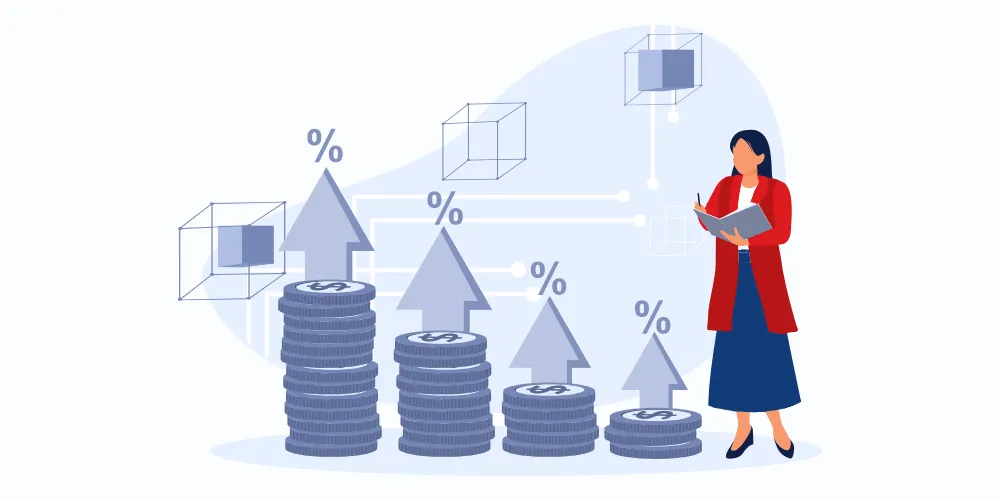Why Clean, Accessible Data is the Key to Better Decisions
- Sujeet Pillai
- Dec 30, 2024
- 4 min read
Data in Incentive Compensation
Great organizations don’t just survive; they thrive by adapting to change. They recognize that agility and forward-thinking are essential in an ever-evolving business landscape. But adaptation doesn’t happen in a vacuum. At its core lies a fundamental enabler: data. And not just any data—clean, accessible, and organized data.
In today’s world, where nearly every business decision stems from data, the ability to access and analyze it effectively has become a cornerstone of success. Yet, many organizations struggle with scattered, siloed, and unmanageable data, leaving them unable to unlock its full potential.
If you’ve ever found yourself frustrated by the inefficiencies of working across tens of disconnected systems, this blog is for you. Let’s explore why getting your data organized should be your top priority and how it can revolutionize your business, especially when it comes to managing incentive compensation.
The Role of Data in Modern Business Decisions
Decades ago, business decisions were often driven by instinct or limited information. Today, those instincts are informed by data. From understanding market trends to predicting customer behavior, data has become the lifeblood of decision-making.
However, there’s a catch. The value of your data lies not just in its collection but in its usability. If your data isn’t clean, accessible, and ready for analysis, it’s as good as non-existent. Many businesses sit on a treasure trove of insights but fail to act on them simply because their data is scattered across multiple systems.
When you’re managing incentive compensation, for example, this problem is magnified. Sales performance data might reside in one system, HR data in another, and budget allocations in yet another. Without the ability to cross-query or consolidate this information, creating effective and accurate incentive plans becomes a near-impossible task.
The Problem with Siloed Data
Let’s face it: most businesses operate with data spread across various platforms and tools. While these tools might serve individual purposes well, they often fail to communicate with each other. This creates silos—isolated pockets of data that are difficult, if not impossible, to integrate.
Here’s what happens when your data is stuck in silos:
- Limited visibility: You can’t get a complete picture of your business.
- Inconsistent information: Different departments work off conflicting data, leading to errors and inefficiencies.
- Wasted resources: Analysts spend more time cleaning and consolidating data than deriving insights.
If you’re working in incentive management, these challenges are all too familiar. Imagine spending days just preparing data before you can even begin analyzing performance or crafting incentive plans. It’s frustrating, inefficient, and counterproductive.
The Solution: Invest in a Unified Data Stack
The good news is that these challenges aren’t insurmountable. The solution lies in building a robust data infrastructure—often referred to as a data stack—that centralizes, cleans, and makes your data accessible and analyzable.
A well-designed data stack allows you to:
- Consolidate data from multiple systems into one source of truth.
- Ensure data integrity and consistency.
- Query and analyze data in real-time, without manual intervention.
When applied to incentive compensation, this kind of infrastructure can transform the way you work. Instead of piecing together information from disparate sources, you can focus on designing strategies that truly drive performance.
The Impact of Automation on Incentive Compensation
Automation plays a pivotal role in turning messy data into actionable insights. At Incentivate, we’ve seen firsthand how automating incentive compensation processes can free organizations from the burden of manual data management.
Here’s how automation makes a difference:
- Centralization: All relevant data—sales performance, HR records, budgets—are consolidated into a single platform.
- Accuracy: Automated systems reduce the risk of errors that often occur during manual data entry or integration.
- Efficiency: Analysts can shift their focus from mundane tasks to strategic decision-making.
For instance, imagine you’re a sales manager designing a new incentive program. With automated tools, you can easily pull up real-time sales data, analyze trends, and create a plan that aligns with your goals—all without spending hours wrangling spreadsheets.
Better Data, Better Decisions
When your data is clean, accessible, and analyzable, the quality of your decisions improves dramatically. You’re no longer relying on guesswork or incomplete information. Instead, you have a solid foundation of insights that empower you to:
- Identify growth opportunities with precision.
- Optimize resource allocation across teams and departments.
- Create fair, transparent, and motivating incentive plans.
Take incentive compensation as an example. With a unified data stack, you can easily identify top performers, adjust incentives based on market conditions, and ensure that your plans are aligned with company objectives. The result? Happier employees, improved performance, and a more efficient organization.
The Time to Act is Now
If your data is fragmented and disorganized, you’re operating at a disadvantage. The longer you wait to address the issue, the more opportunities you miss to make data-driven decisions that could propel your business forward.
Investing in a data stack isn’t just about technology—it’s about creating a culture of efficiency, accuracy, and adaptability. By organizing your data and automating key processes, you give your team the tools they need to succeed.
At Incentivate, we specialize in helping organizations harness the power of clean, accessible data to transform incentive compensation. Our platform ensures that your data isn’t just organized but also actionable, enabling you to create incentive plans that drive results and align with your strategic goals.
Final Thoughts
Great organizations know how to adapt, and in today’s data-driven world, adaptation starts with getting your data in order. Whether you’re managing incentive compensation or making high-level strategic decisions, clean, accessible data is the key to success.
Don’t let disorganized data hold you back. Take the first step toward a better future by investing in the right tools and systems. Because when your data works for you, your decisions—and your business—will always come out ahead.




